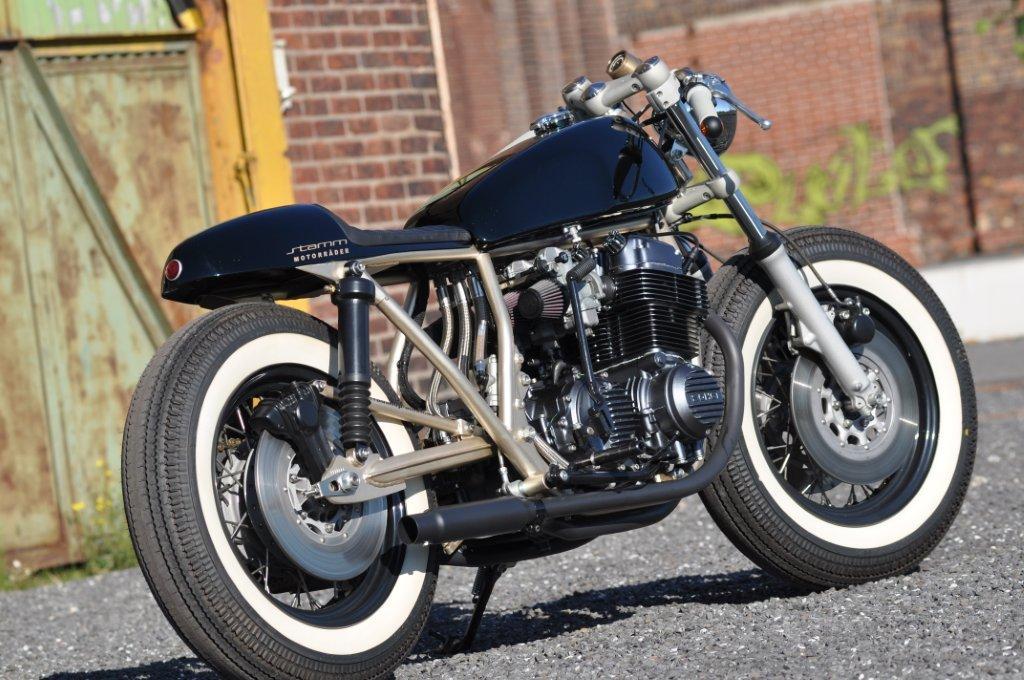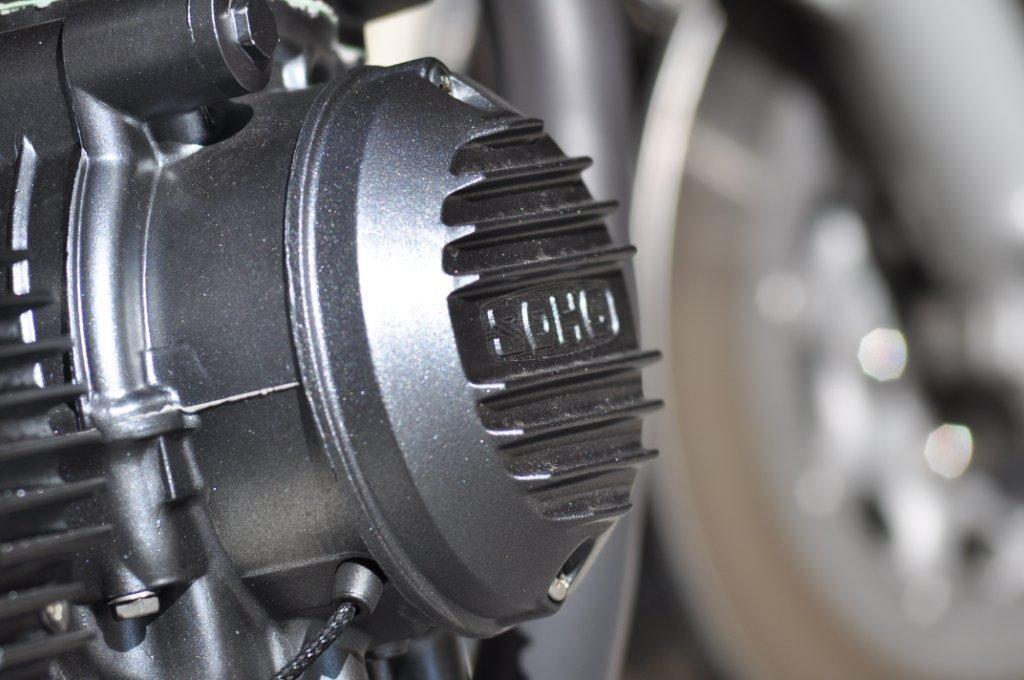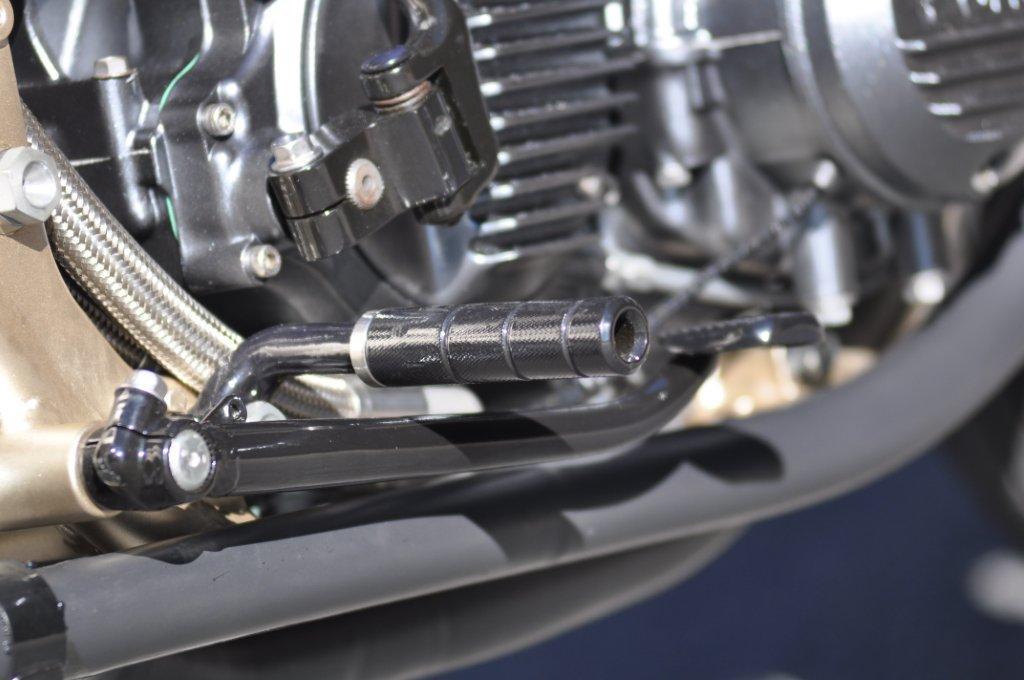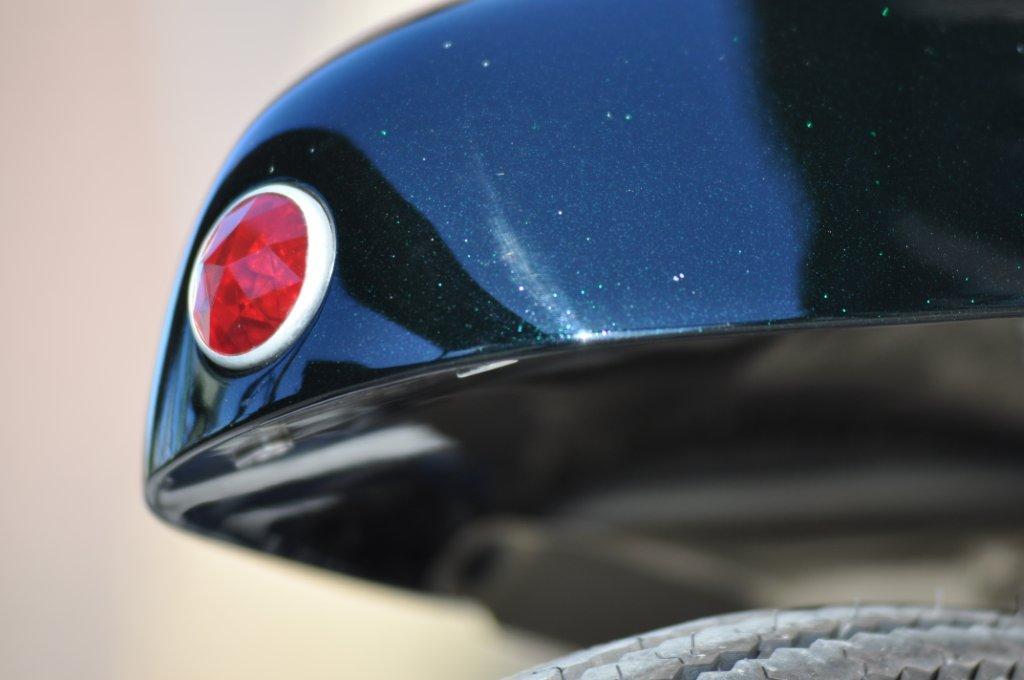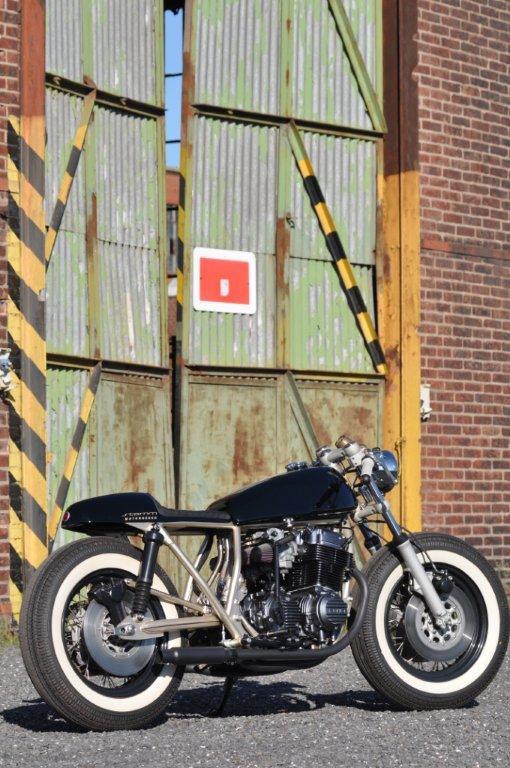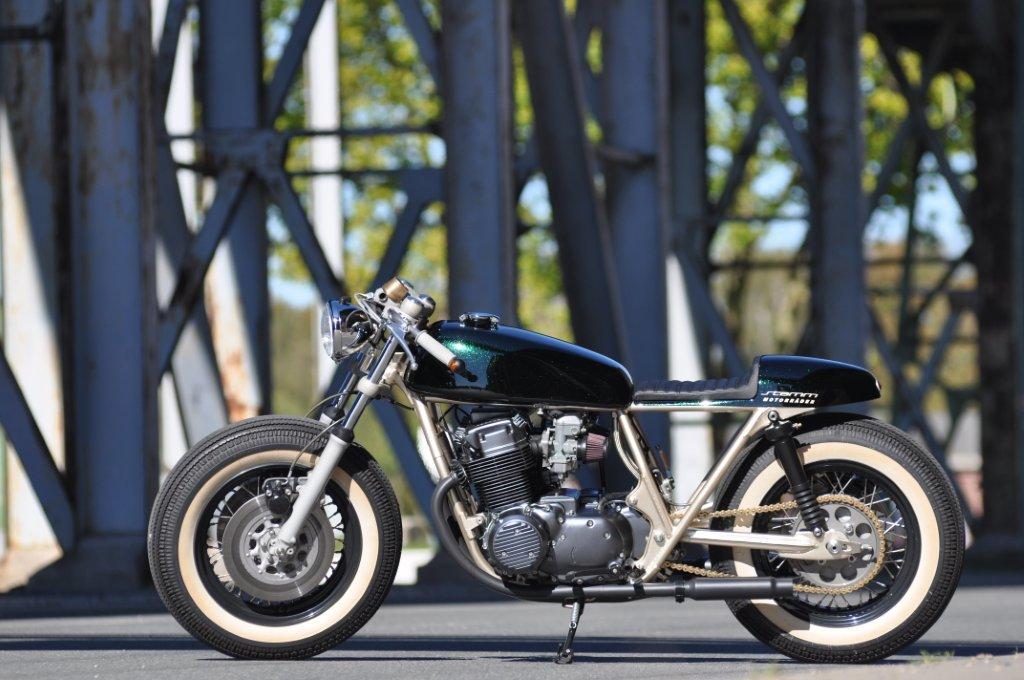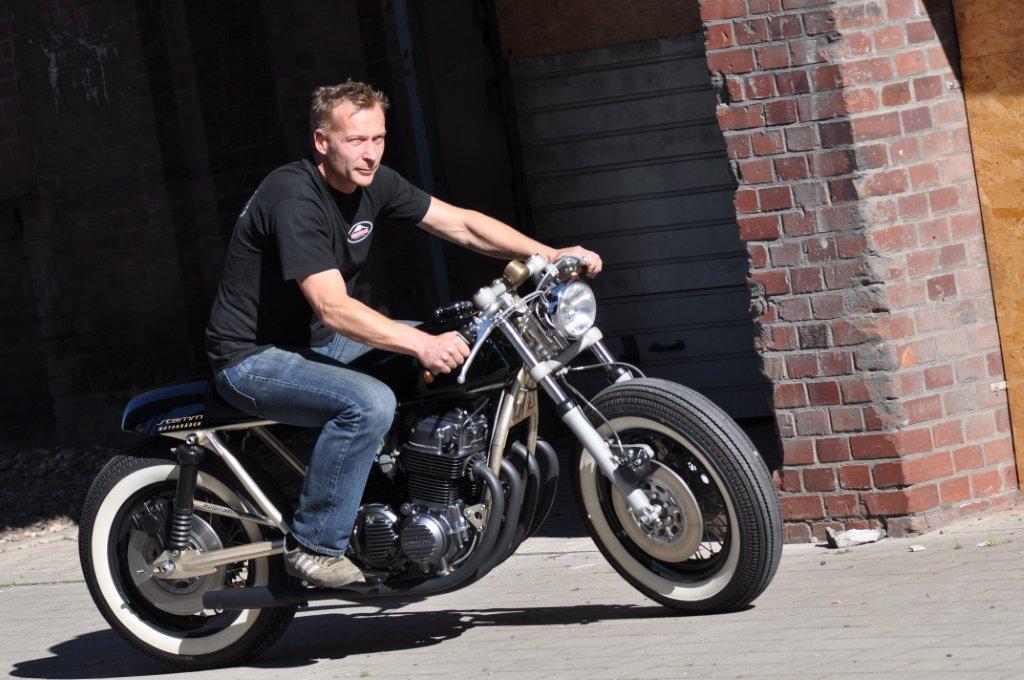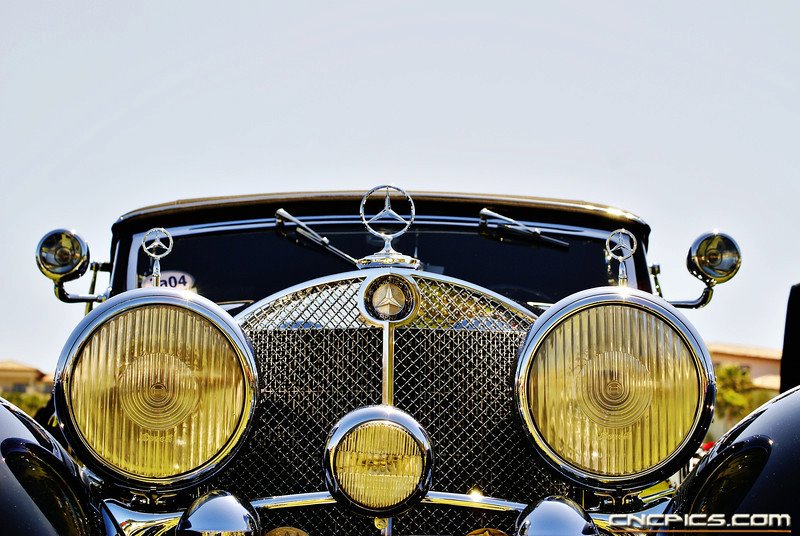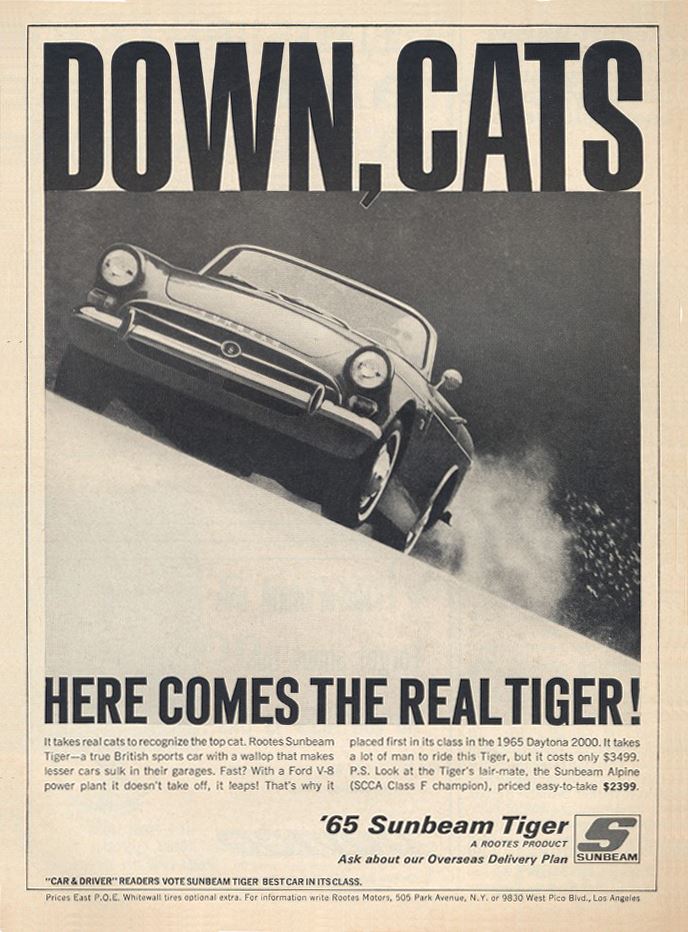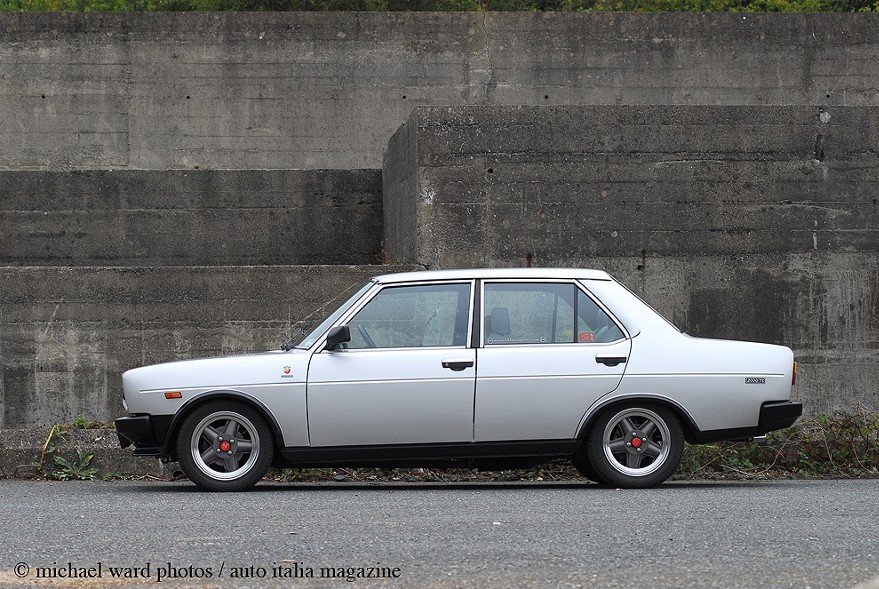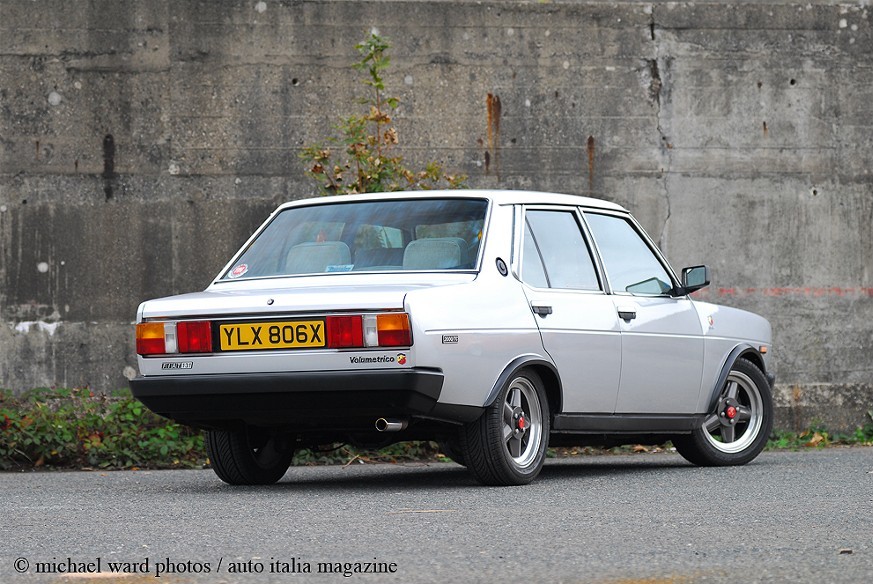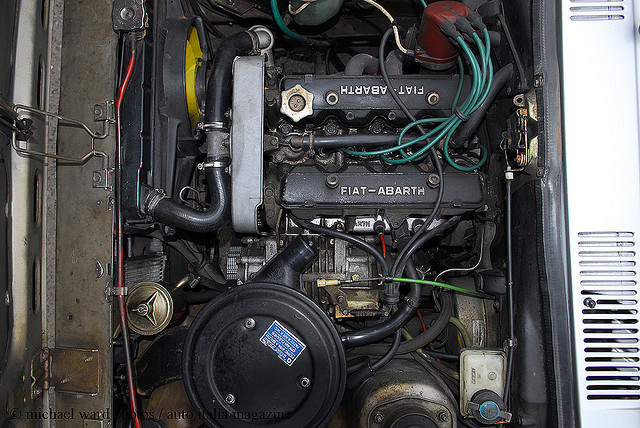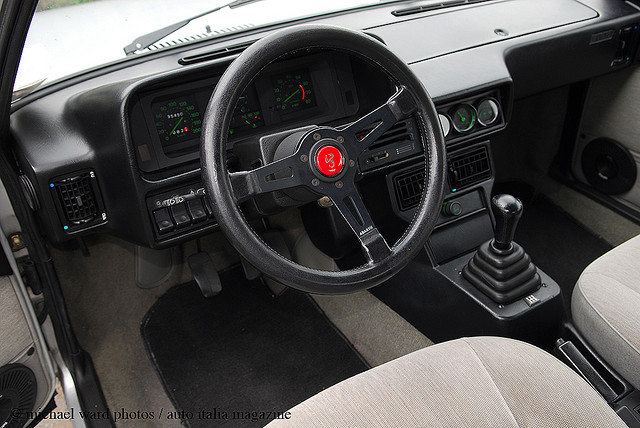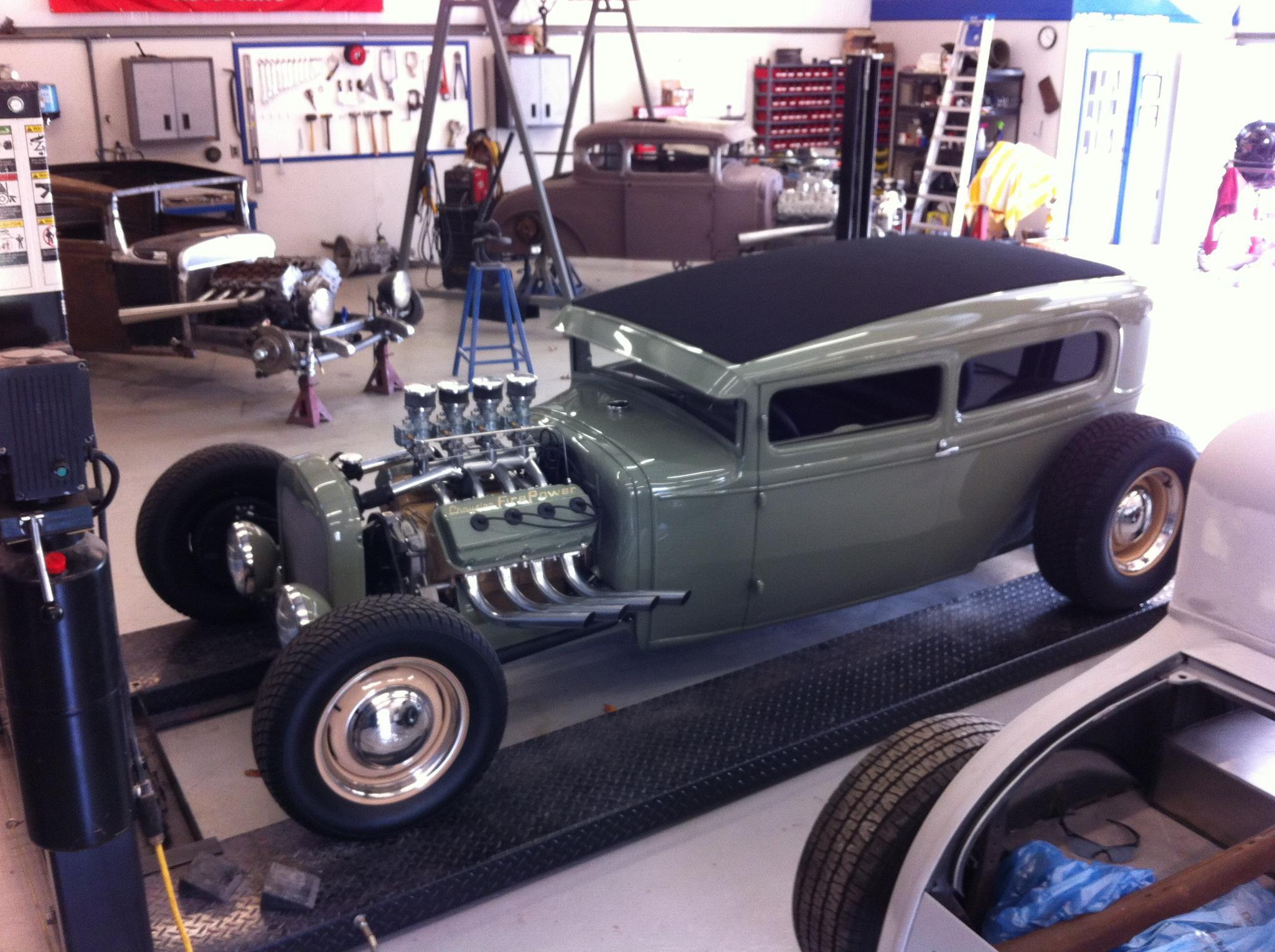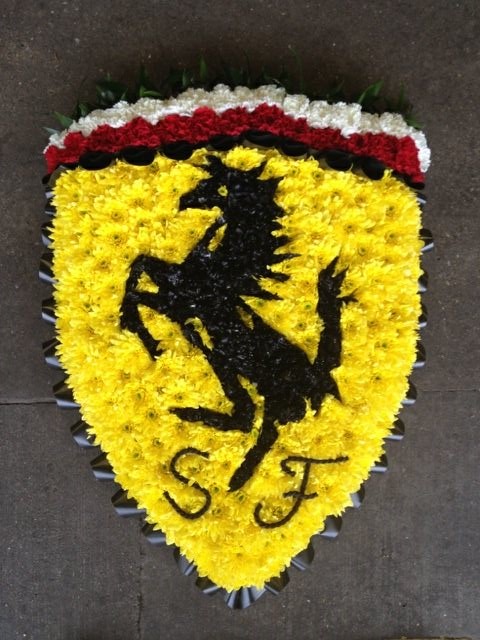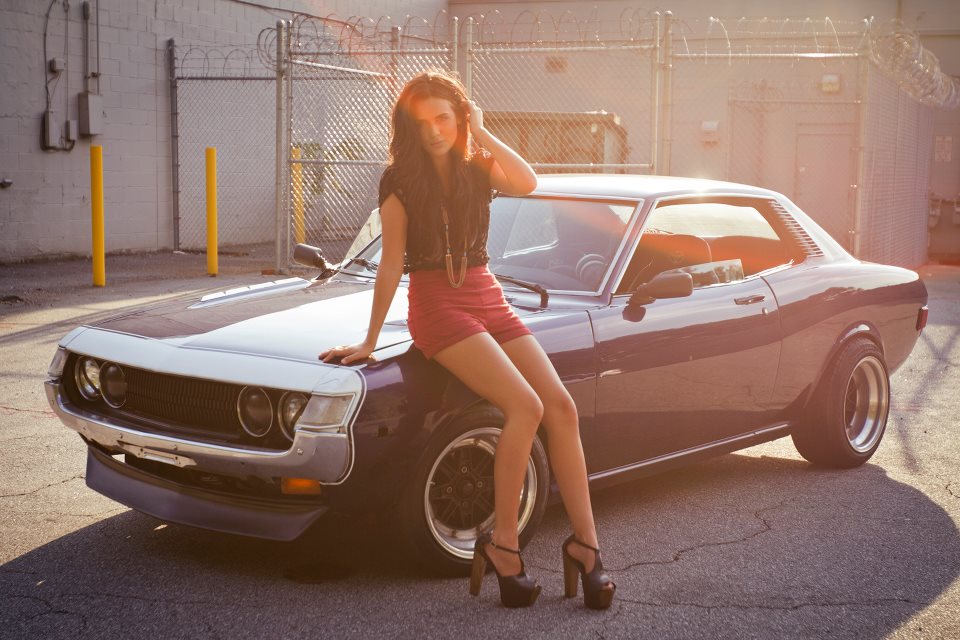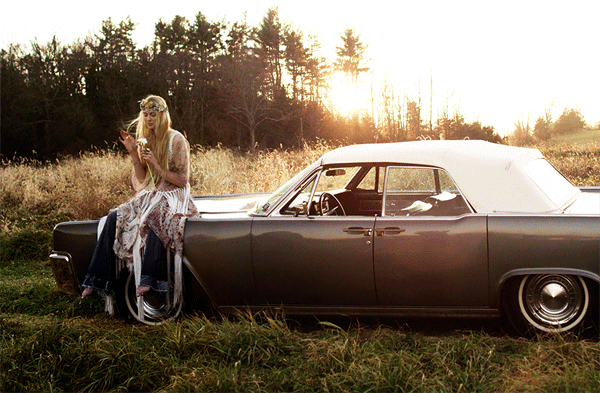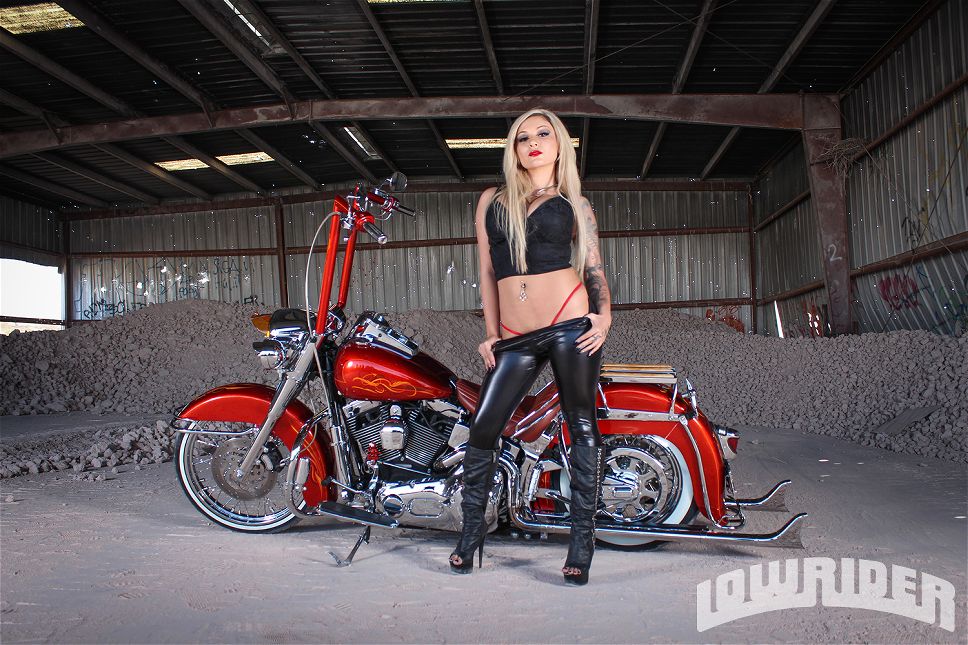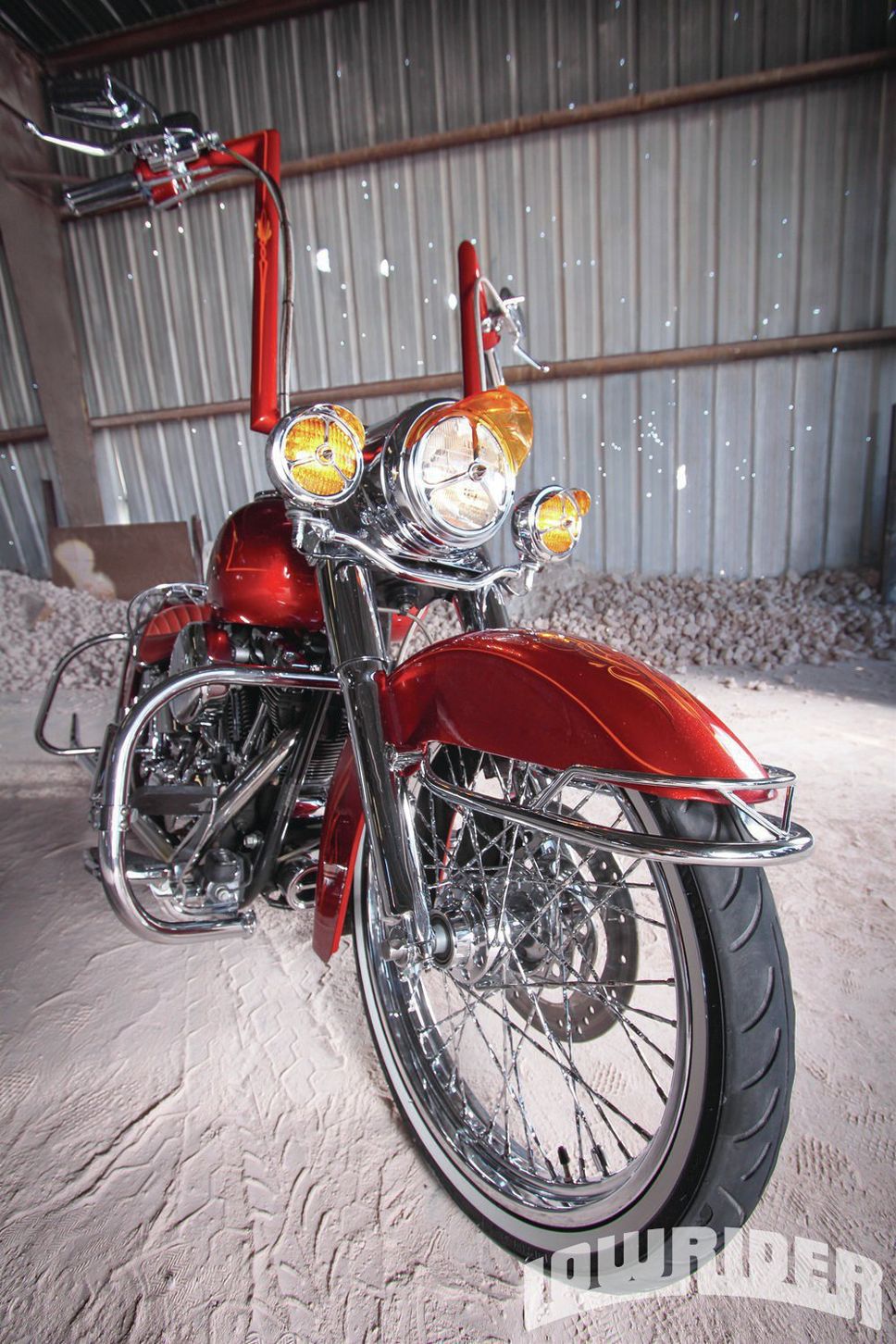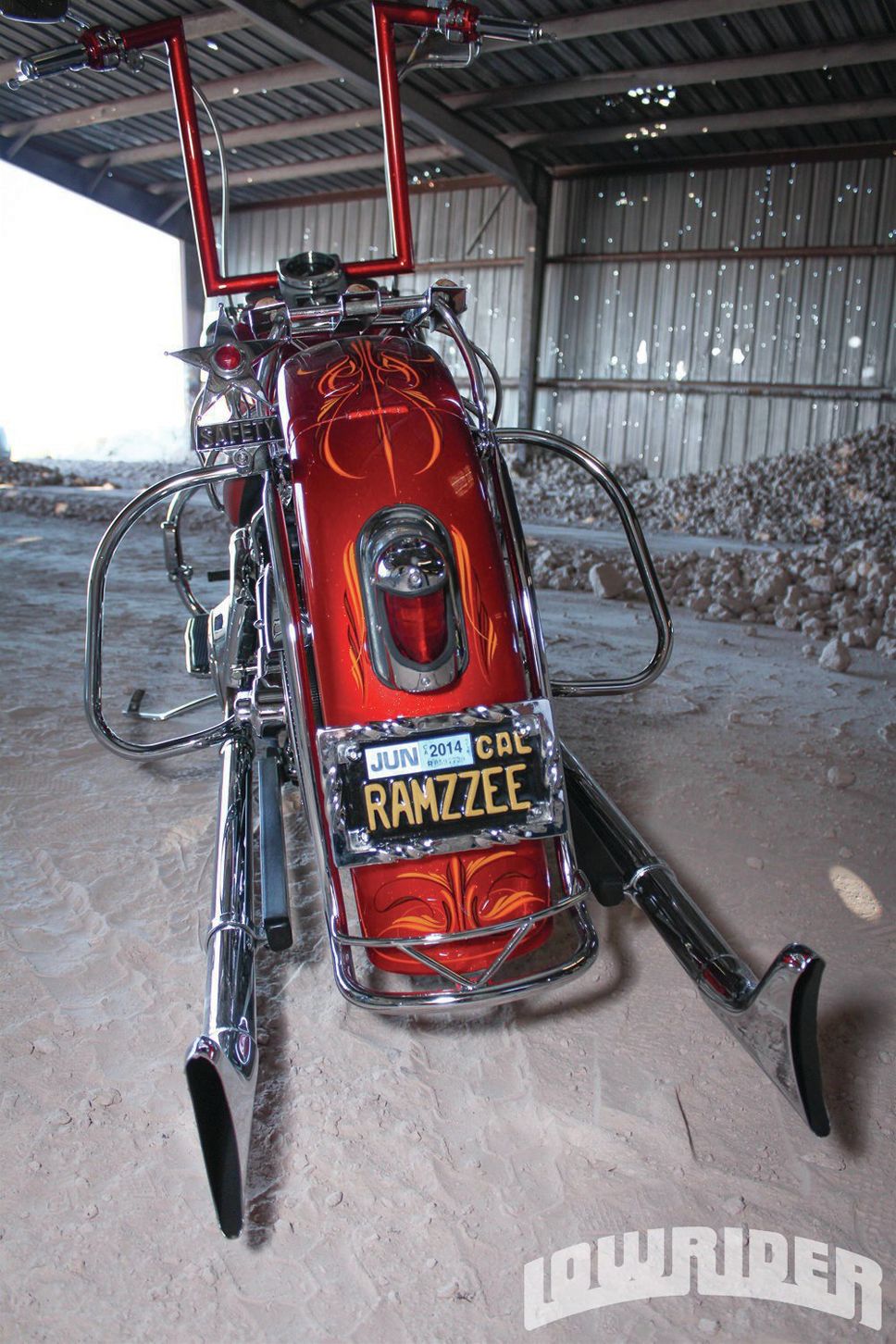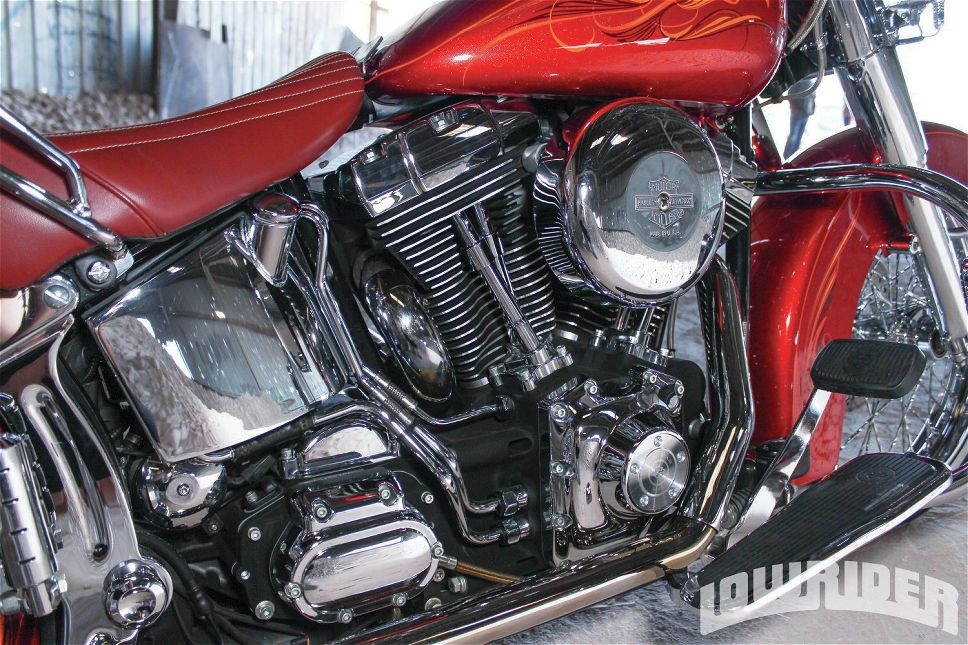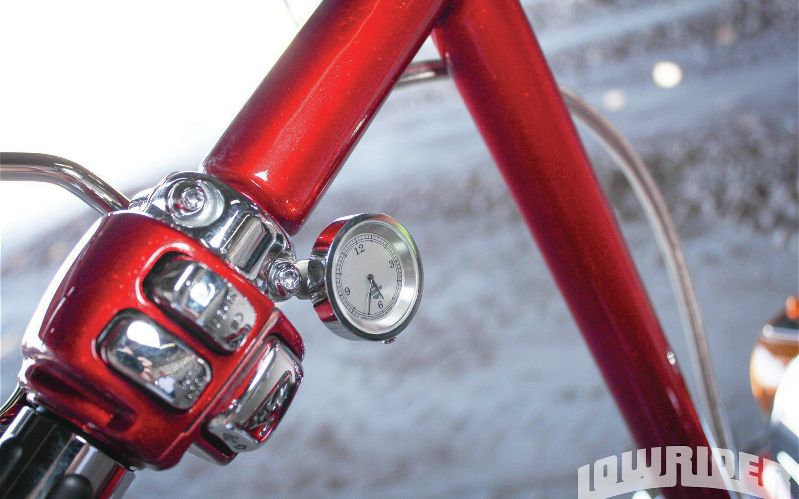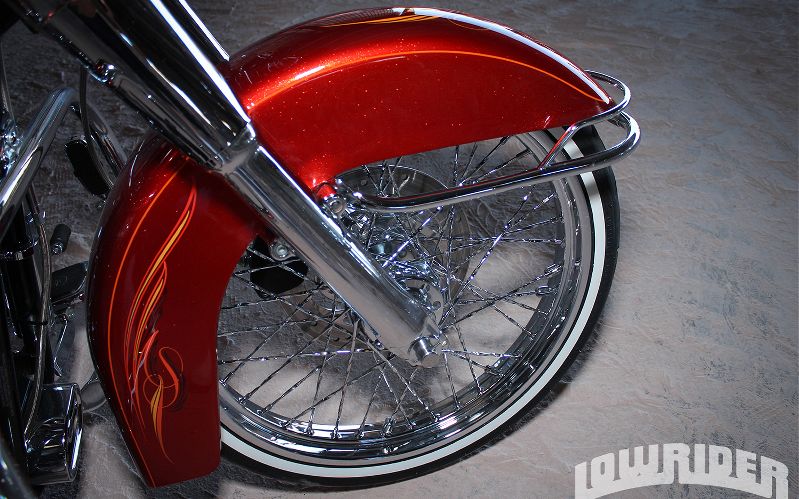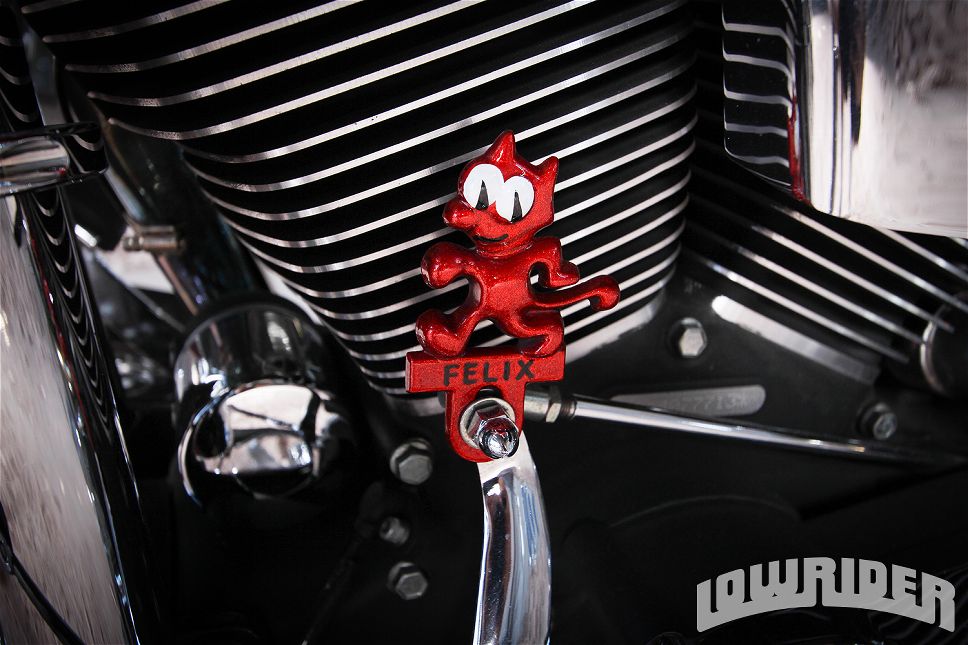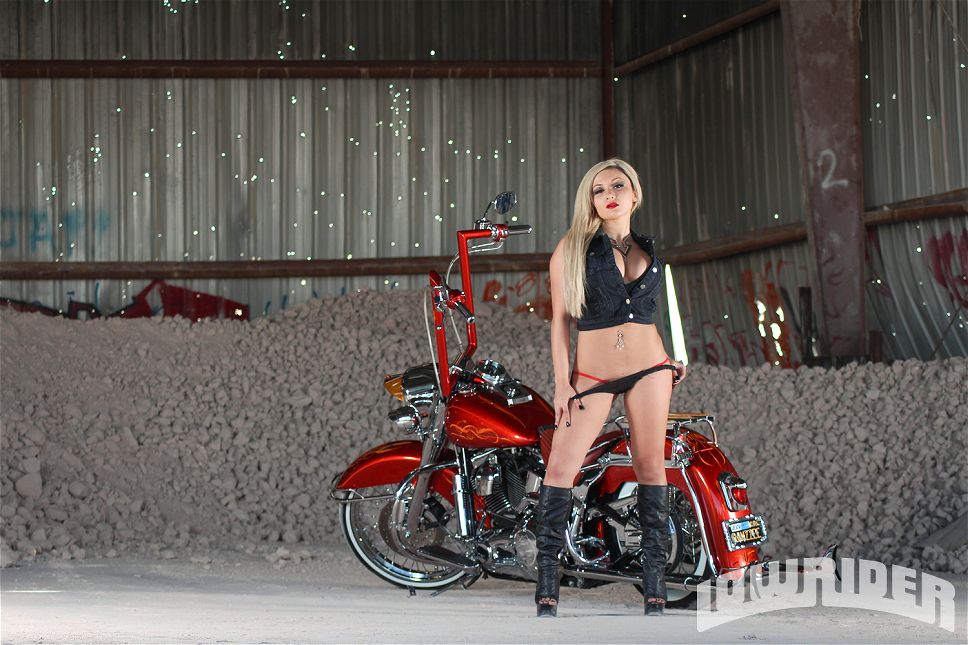Words: Amasozan (from raw info here)
Photos: Sabine Welte
An "Old School Freestyle Cafe-Racer" was the theme Michael Stamm originally had in mind in the construction of his Honda CB 750 Four, which the motorbike technician from Ahlen, (a town in North Rhine-Westphalia, Germany) had bought in original condition. The bike was intended to be a low-buck 'in-between' project are at the beginning; after all, customer bikes had to take precedent at his Motorradshop Ahlen business roll before he could even deal with their own project. But perseverance paid off, and the attention to detail shown is testament to his skill.
But we have to ask: whitewall tyres on a CB750? "Because I came across a pair of Coker Classic whitewall tyres and I thought they would look great on the bike." With new stainless steel rims spoked to fit the original Honda hubs and beefed up front forks, it was on to find the appropriate counterpart for the handlebar mount The specially developed triple clamp, designed in a 3D modelling programme and milled from EN AW7075 aluminium, was then blasted and anodised. So much for the low-buck approach. The rear suspension utilises Suzuki GS1100 parts to keep up with the upgraded front.
The fuel tank is a work of art on it's own. "I modified the petrol tank, to add to the café racer look", explains Stamm. A bit of an understatement, its an amalgamation of two Honda CB350 Four tanks, extended eleven inches, sectioned 1&1/2 inches and narrowed 1&1/2 inches. The last third of the fuel tank is a dummy; as it houses a Stamm-designed engine oil tank, again 3D designed and made from stainless.
The original 750 four cylinder lump has been completely revised, with 0.75 mm oversize pistons, a modified cylinder head, with bigger valves, porting and polishing, new conrods, main bearings and gears. All this together with a K & N air Filter push power past 80bhp. An owner made 4-into-2 exhaust system is ceramic coated. The ignition has been changed too, with Boyer Bransden electronic ignition, while a brand new custom-made wiring harness was made to accommodate the electrical upgrades and incorporate a trick Motogadget M-Unit electronic control box. Its a digital relay system used for switching of all necessary electrical components that doubles as fuse panel and is operated by push-button controls on the handlebars. That CB350 also provided its rev-counter, housed in a lovely brass housing. Stamm-made? You betcha.
With more power from the engine, Stamm upgraded the brakes to suit; the front was converted from single to double discs, with revised original brake calipers from a '78 CB750, with a cable operated 16mm radial master cylinder from a Yamaha R1 living under the fuel tank. ABM steel braided brake lines are used, while the brake reservoirs are owner-made of carbon fibre.
The all-metal self-made seat compliments the fuel tank, with a owner made rear cover housing the tiny rear light from a 1938 Tornax bike. The frame surprisingly has only minimal changes to the rear,to help tighten up the look from the bulkier look of the original and to account for the lack of pillion eat, and is gold painted.
While no doubt the original premise of a cheap build has well and truly been blown out of the water, we'll think you'll agree that Michael Stamm's attention to detail has created a café racer with a unique twist; you won't mistake this CB750 Four with any other.



